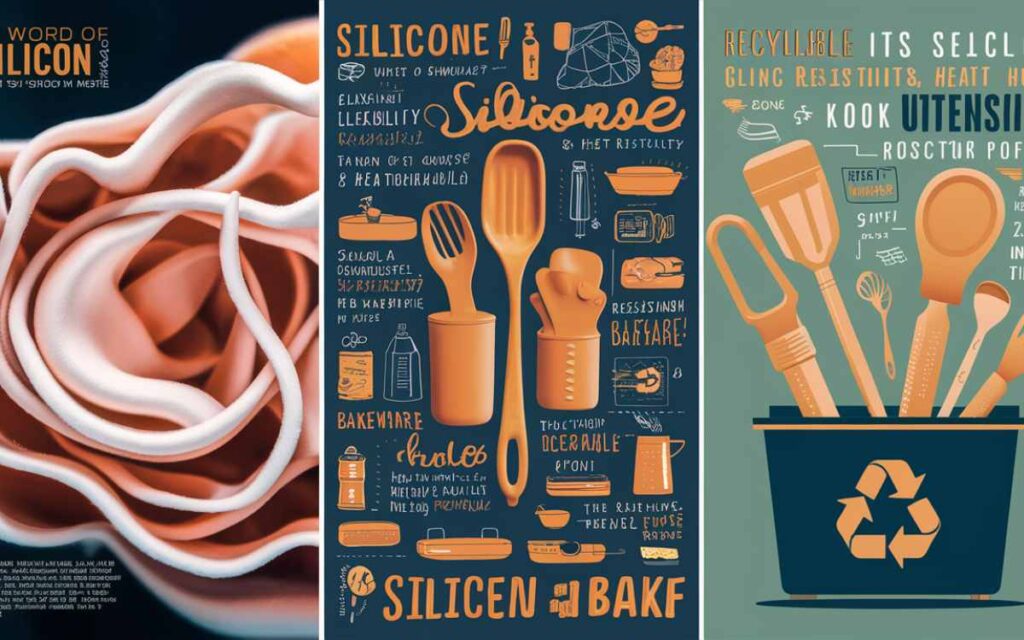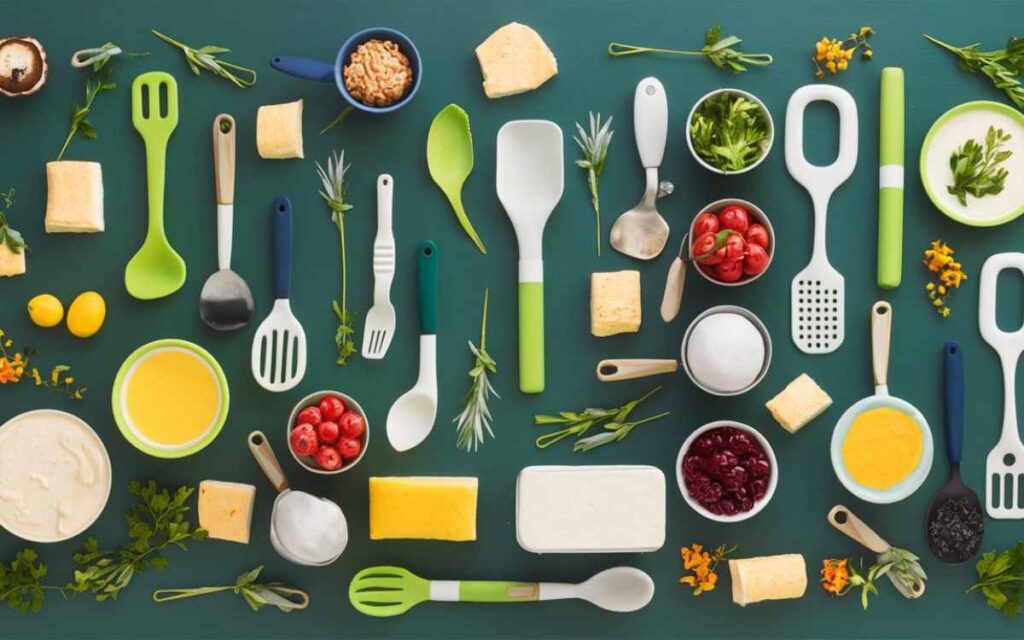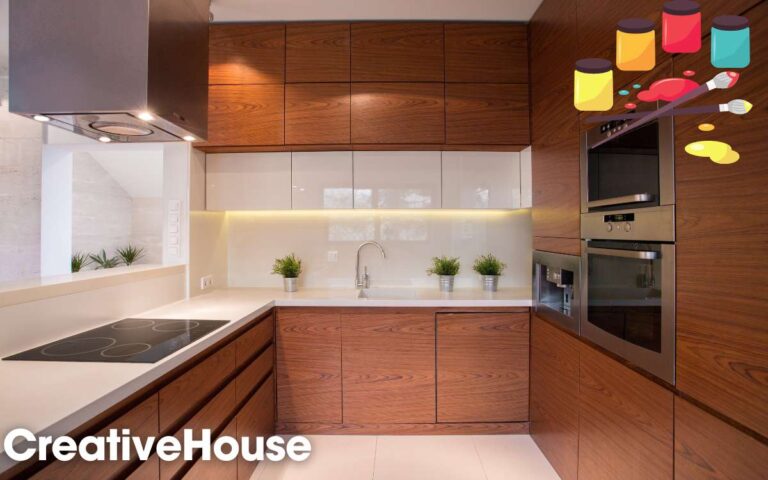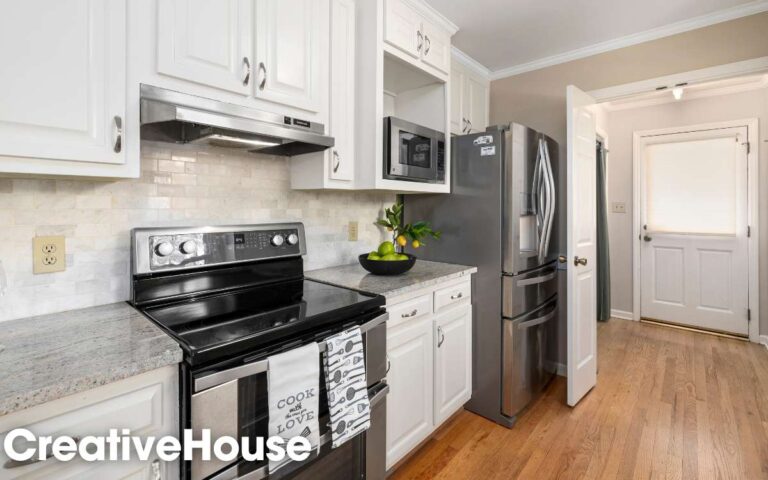For good reason, silicone bakeware and cooking utensils have become incredibly popular in recent years. In the current cooking tool innovation age, silicone is a material that is both dependable and effective.
Due to its non-stick surface and ease of cleaning, baking on silicone is great for low-fat or oil-free cooking because its material eliminates the need for pre-greasing.
Let’s not delay any longer. Explore this article further to know the benefits of using silicone kitchen utensils and bakeware in more detail.

What Is Silicone Made Of?

Compared to organic polymers, silicone is a form of synthetic polymer which has more heat resistant. Keep in mind that “Silicone” and “silicon” are not a single thing.
While silicone is unable to conduct electricity, silicon is used to make semiconductors for electronics. The type of silicone most frequently found in cookware is rubber silicone, also known as polysiloxanes.
In the early 2000s, this adaptable substance, silicone, made its way into kitchenware, and a lot of cookware and appliances for the kitchen came out of silicone today.
Kitchen utensils contain silicone dazzle with their vivid hues, non-stick coating, and chemical resistance.
Benefits Of Using Silicone Kitchen Utensils and Bakeware

Silicone cookware appears to be a fantastic substitute for non-stick cake pans and muffin pans. Additionally, silicone muffin liners and cupcake liners can be reused repeatedly, unlike paper ones.
Since it is non-stick and simple to clean, you may cook with it without using oil or low fat. This eliminates the need to grease the cookware beforehand.
Let’s see in detail how we can get benefits by using silicone kitchen utensils and bakeware:
1. Resistant to stains
Due to its non-porous nature, silicone cooking utensils are resistant to stains. Its color and scent fade when combined with dark foods like tomatoes or turmeric.
Additionally, water is unable to go into the surface of silicone because of its non-porous structure. Fungal and microbiological growth disappears in the absence of moisture retention.
Consequently, the utensils drawer, the refrigerator, and the food remain in hygienic condition.
2. Heat Resistant
Cookware made with silicone is resistant to high temperatures because of its unique molecular structure of silica, oxygen, and carbon.
Good heat resistance is of special importance for preparing food at temperatures ranging from boiling to freezing. Normal operating temperatures for food-grade silicone are -60°C to +250°C (with certain grades reaching +300°C). Food-grade silicone does not distort or lose its integrity at high temperatures.
3. Eco-friendly
Silicone kitchenware is not only safe for the environment but also for the well-being of humans.
There is no need for mining or deforestation in the production of silicone. Silicone is not biodegradable, although it is recyclable. Furthermore, silicone doesn’t break down into smaller plastic compounds like plastic does. As a result, it poses no threat to aquatic and animal life.
Since silicone is more inert than plastic, they are less likely to leak poisons if disposed of in a landfill.
4. Safe to Use
FDA clearance confirms that food-grade silicone cookware is non-toxic and suitable for human consumption.
Silicone cookware’s inert and impermeable molecular structure blocks reactions at all cooking temperatures, preventing leakage and any binding with food particles.
Silicone utensils are therefore perfect for baking and cooking at high temperatures.
5. Non-Sticking Capability
The remarkable non-stick quality of silicone bakeware ensures that no amount of sticky food or other undesirable substances may remain on its silicone surface for an extended period.
This is just another fantastic feature of silicone bakeware. You have two options: run it underwater or use a fresh napkin to wipe it off.
6. Easy to Achieve Good Outcomes
Nothing bakes more evenly than silicone bakeware. When baking with silicone molds, the edges where the cake has come into contact with the mold’s sides may crisp up.
Furthermore, due to the pan’s rapid cooling, baking does not continue in the tin; rather, cooking ceases as soon as the pan is removed from the oven.
Are Utensils Made of Silicone Recyclable?
The recyclable quality of silicone utensils is a topic of much discussion. On the one hand, there is a common belief that silicon is not recyclable and that we should minimize our use of it in everyday products to lessen our influence on the environment.
Some, however, contend that because it is composed of several elements, such as silicon, oxygen, and carbon, it can be completely recycled.
However there has been considerable research on the recycling of silicone, and not much has been done to examine the long-term environmental effects of silicone use.
In this case, we need to be aware of an essential feature of the material: silicone is made to last, which means that it ultimately produces less waste.
How Utensils Are Used with Silicone Cookware?
Certain utensils, like a spoon and fork, work well with silicone cookware. But you should use tongs or a potholder if you intend to deep fry or braise your silicone cookware.
Due to its inability to react with food, silicone is safe to use in cooking. It’s perfect for use on the stovetop because of its great heat resistance. A sturdy cooking equipment that is useful is silicone kitchenware.
Any burner, including induction ones, can safely be used with silicone utensils. They will not shatter into sharp-edged pieces that could cut someone.
Benefits of Using Silicone Kitchen Utensils and Bakeware – FAQs
Is it good to use silicone bakeware?
Since they are non-stick and don’t need cooking spray or oil, they are healthy and simpler to clean. Due to their increased flexibility, they come off the baking pan more readily and don’t shatter or rip.
Does silicone release toxins when heated?
Since silicone is an inert and heat-resistant polymer, heating it to typical cooking temperatures won’t cause it to release any toxic substances.
Is silicone better than nonstick?
Silicone is a preferable option for plastic and PFAS-treated nonstick cookware.






